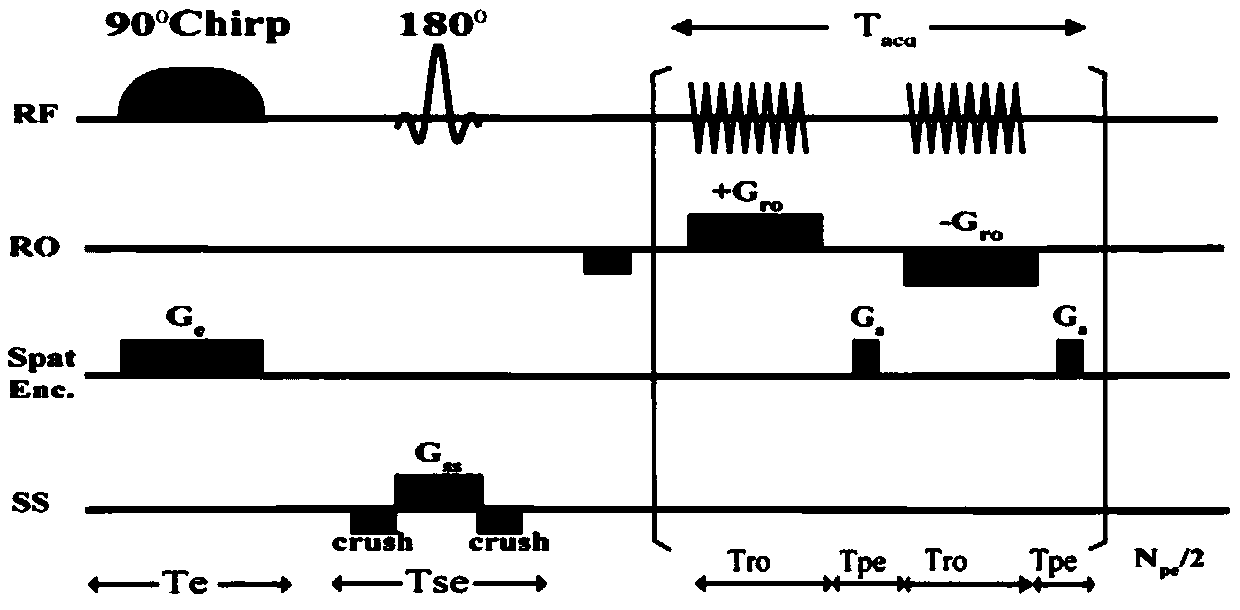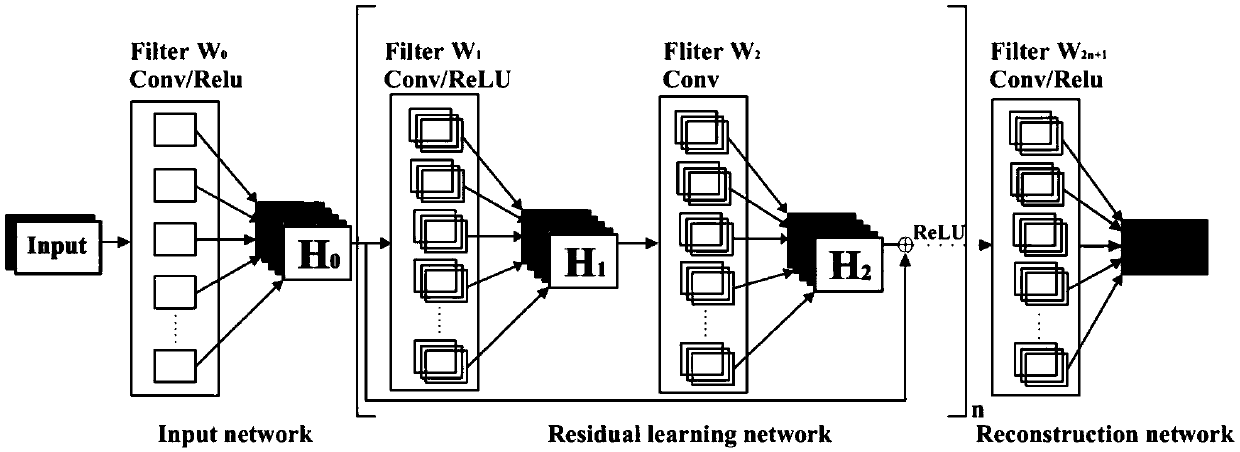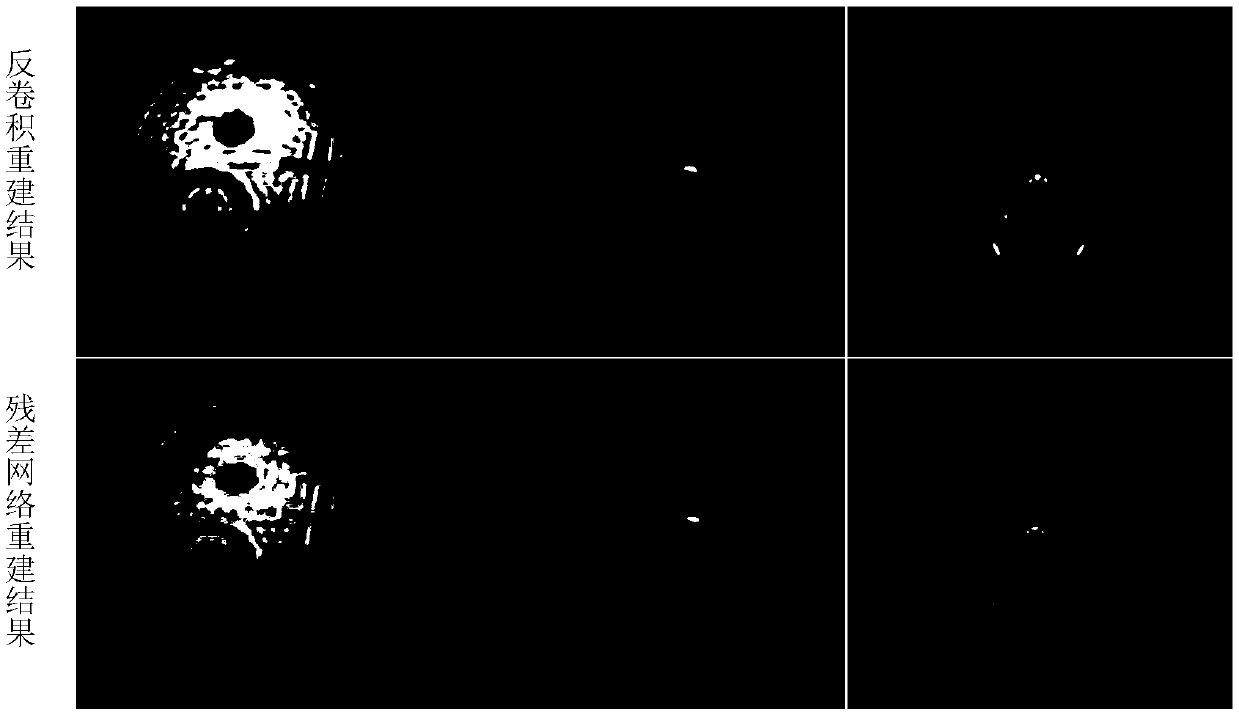Single scan space-time coding imaging reconstruction method based on residual network
A space-time encoding and single-scanning technology, which is applied in the directions of using nuclear magnetic resonance imaging system for measurement, magnetic resonance measurement, instruments, etc., can solve the problems of reduced spatial resolution of modulus images, long algorithm running time, and insignificant denoising effect , to achieve the effect of improving resolution and high signal-to-noise ratio
- Summary
- Abstract
- Description
- Claims
- Application Information
AI Technical Summary
Problems solved by technology
Method used
Image
Examples
specific Embodiment
[0038] Experiments were carried out with a single-scan spatio-temporal encoding magnetic resonance reconstruction method based on the residual network, and imaging experiments were carried out on water phantoms, lemons and rat brains to verify the feasibility of the present invention. The experiment was carried out under the NMR 7T small animal imager. Place the prepared sample on the sample bed of the instrument, and place the sample bed in the middle of the coil of the 7T magnetic resonance imager; open the operating software of the magnetic resonance imager on the operating table of the magnetic resonance imager, and first use the spin echo sequence Carry out positioning, find a suitable imaging area, and determine layer selection information and the size of the area of interest. Then perform tuning, shimming, frequency correction and power correction; import and compile and run the time-space encoding imaging sequence in the operating software of the magnetic resonance i...
PUM
 Login to View More
Login to View More Abstract
Description
Claims
Application Information
 Login to View More
Login to View More - R&D
- Intellectual Property
- Life Sciences
- Materials
- Tech Scout
- Unparalleled Data Quality
- Higher Quality Content
- 60% Fewer Hallucinations
Browse by: Latest US Patents, China's latest patents, Technical Efficacy Thesaurus, Application Domain, Technology Topic, Popular Technical Reports.
© 2025 PatSnap. All rights reserved.Legal|Privacy policy|Modern Slavery Act Transparency Statement|Sitemap|About US| Contact US: help@patsnap.com



